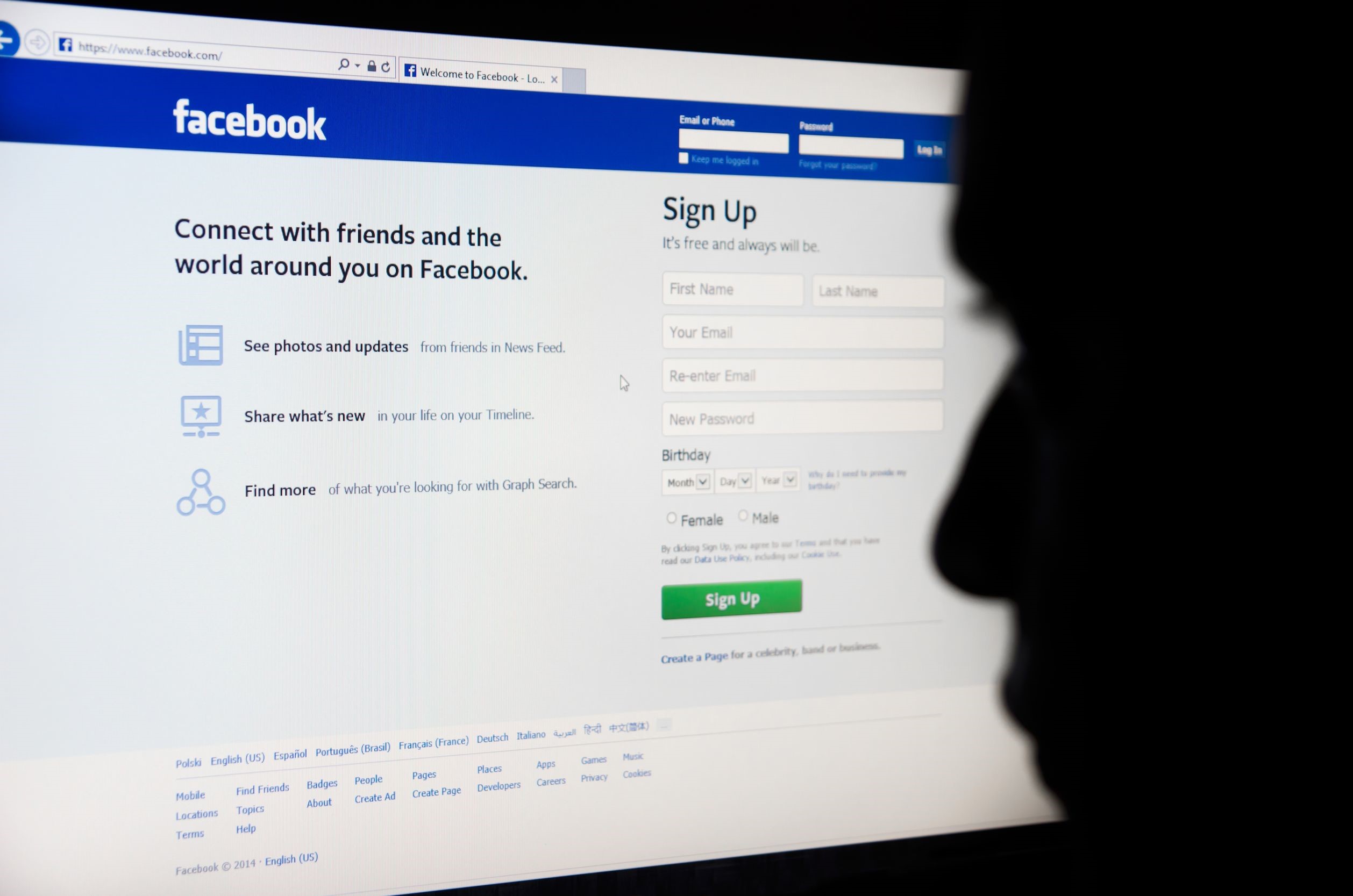A man dressed in all black sneaks around the corner and hides in the shadows. He follows someone, probably a female, as she begins to feel more and more uneasy.
Ask most people a decade ago what a stalker is and an image like the one I just described would come to mind. However, with new technology and social media, a lot about our world is changing, including what it means to be a stalker. An all-black outfit and the dark of the night are no longer required to stalk, as, using the internet and the information that people voluntarily broadcast to the world, predators are easily able to harass the targets of their attention with little-to-no culpability.
When it comes to the traditional idea of stalker, there are a few cornerstone identifiers: giving unwanted attention, harassing an individual, threatening someone and often engaging in illegal activity. However, most of these terms are associated with the idea of being physically stalked by another person. Now more than ever the term needs to be redefined.
Due to the rise of social media, criminals can now stalk their victims from behind a computer screen. Even though the fundamental idea behind the act hasn’t changed—monitoring someone’s location and routine—stalkers no longer need a physical presence to access such information. To know what someone’s daily schedule is or what they like to do in their free time used to require following them in person, but nowadays, through geotags, the portability of mobile phones, check-ins and other location-identifying services, potential victims willingly share that information through social media, which muddles the very definition of what it means to stalk.
Most people seem to be okay with their friends and family knowing what they share through social media, but do they feel the same about strangers keeping tabs on them? The stalker can put away his all-black outfit, because following someone on Twitter can now be just as informative as physically tracking them.
The Rise of Cyberstalking
With the turn of the century came a new wave of communication in the form of social media. The first social media site, Six Degrees, was released in 1997. The site offered the basics of social media that are still intact today: You upload a profile, personalize it and friend other users.
Soon after came the boom of social media popularity. The early 2000s gave birth to well-known sites such as MySpace, LinkedIn and YouTube. Shortly after came Facebook and Twitter, two of the current most-popular sites. Other modern, popular forms of social media include Instagram and SnapChat.
As social media evolved, one of the main changes it underwent was the shift from privacy as the default to public as the default. Back in the salad days of social media, most profiles were closed to the public and accessing the page required approval from the owner. Many sites required confirmation from one side in order for others to access their page, and after said confirmation, both parties would have a mutual “friendship” on the platform.
As the field of social media grew, and sites gradually became more open, terms like “Facebook stalker” arose to describe the tendency of obsessively lurking on the profiles of others; even though the term was created in jest, designed in order to install a sense of faux shame for hounding over the information of a stranger, the phrase hints at a more insidious truth, which is that new websites were making online stalking a much more secretive, and therefore viable, means of keeping tabs on an individual.
Media like Twitter and Instagram would change this even further, as they encouraged having followers rather than friends, which means that anyone who wants to view your account can choose to (unless, of course, you turn your profiles on private, which can decrease your follower count and make you seem overly prudent, unfortunately). The decrease in privacy has acted as an all-access pass for cyber stalkers, making it easier than ever for them to get as much information as possible on the subject of their interest.
The Information Is Out There
Now more than ever, the amount of information that people share on social media is downright amazing. Though Facebook, where users generally stick to interacting with people whom they actually know, appears to be the safest bet for social media, your profile still lists a lot of private information for any casual viewer to see. Your profile likely boasts facts about your hometown, where you live now, where you went to school, who you know, where you work, where you’ve been recently, how old you are and (let’s not forget the importance of this one) what you look like.
Whereas Facebook acts as a home base for any wannabe stalker, Instagram and Twitter key them into the specifics of your life. The two sites, as well as Snapchat, place more of an emphasis on posting while mobile; whether you’re at a music festival, a friend’s house, a party or a nice dinner, the sites encourage you to share that information, which gives your followers—whether you know them or not—instant verification of your current location.
Snapchat, in particular, has made waves recently with its to-the-minute location services that allow users to place their exact location on a map, allowing their followers to literally track their movements. Not only has the feature inspired fears that users can be targeted while out and about, but the addition also makes crimes such as home thefts that much easier, as it effectively removes any ambiguity regarding your exact location.
What Can You Do?
At the risk of sounding like your mother, the simplest precaution you can take against cyber stalking is censoring the information you release, or at least being intelligent about when you release it. Instead of broadcasting your location via a picture or geotag immediately, wait the thirty minutes till you’ve returned home before posting the update. If you are visiting a popular area, giving your location is less of a risk, but think twice about revealing the location of haunts that you visit repeatedly, the ones that constitute the quotidian parts of your life, such as where you buy groceries, exercise or study, as those are the places that you might want to keep undisclosed.
You can also prune your list of followers occasionally, blocking or reporting anyone that makes you feel uncomfortable. Is it great receiving attention? Absolutely, everyone loves attention, no debate there. But, you can strike a balance between having a lot of followers and thinning the herd every so often to ensure that you’re not letting any psychos get to know too much about you.
Social media is a great invention that lets people across the world connect with each other and, as long as you are safe, it can be a very positive part of your life. However, just as people know to be skeptical of strangers they meet in person, you should be just as wary of letting your digital companions know too much about your personal life.










